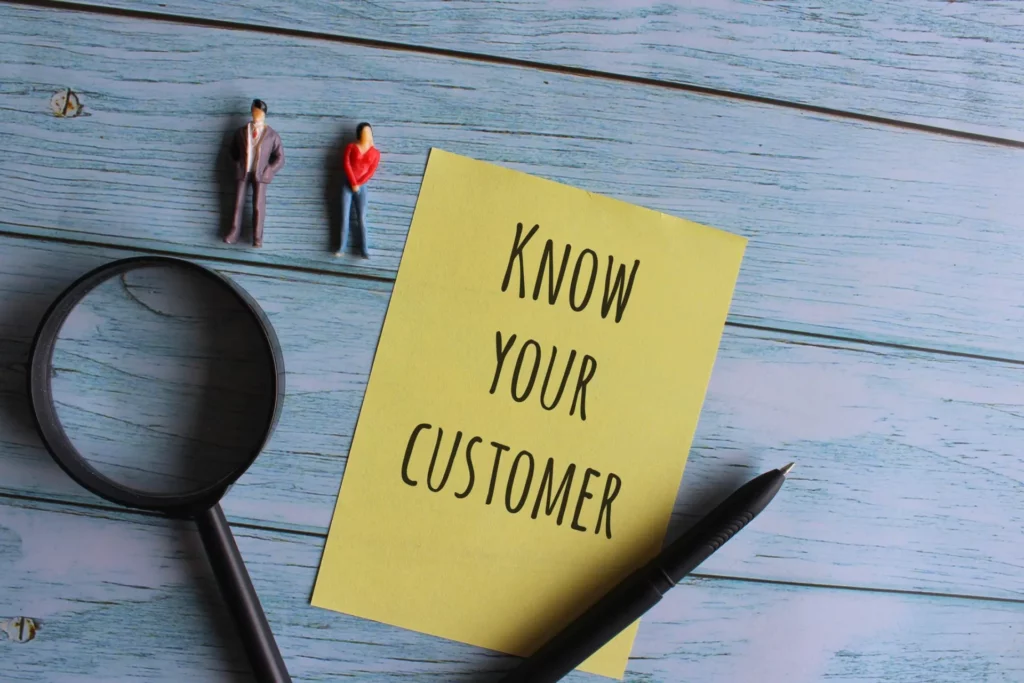What Are Customer Insights and Why Are They Important?

Did you know that data-driven businesses that use customer insights are 19 times more likely to be profitable and 23 times more likely to acquire customers? Understanding what your customers truly want and need gives your business a significant advantage, helping you drive revenue, improve customer loyalty, and deliver a personalized experience that keeps them coming back. In a world where consumers expect more from brands, learning to harness customer insights can give you the competitive edge you’ve been looking for.
Let’s dive into the definition of customer insights, explore their importance, and explain how your business can use them today.
What Are Customer Insights?
Customer insights are derived from analyzing qualitative and quantitative data about your customers or market. They give businesses a clearer understanding of customer behaviors, preferences, and needs. By turning data into actionable insights, companies can make informed decisions that improve products, services, and customer experiences.
For example, analyzing thousands of raw survey responses doesn’t provide much value on its own. However, if 70% of those respondents prefer a particular feature or brand, you can strategically decide to emphasize that preference in your offerings. Customer insights transform raw data into valuable knowledge.
The Importance of Customer Insights for Business Success
Understanding your customers allows your business to connect on a deeper level, making it easier to provide the right products or services at the right time. Today’s consumers are drawn to brands that align with their values, style, or personality—often without consciously realizing it. While some companies succeed with trial and error, using data-driven customer insights is a far more efficient and reliable approach.
Companies that harness customer insights consistently outperform those that don’t, gaining a competitive edge that can lead to increased market share, higher customer satisfaction, and stronger brand loyalty.
Understanding the Meaning of Customer Insights
The meaning of customer insights goes beyond just collecting data—it’s about interpreting that data to add value to your business strategy. The true power of customer insights lies in their ability to reveal hidden patterns, predict trends, and guide strategic decisions. By embracing a data-driven approach, companies can identify what truly matters to their customers and optimize their offerings accordingly.
The Benefits of Customer Insights
Besides the overall goal of selling more, consumer insights can help businesses in many other important ways. Some of the main benefits of consumer insights include the following:
Personalized Customer Experience
Companies that can personalize the customer experience can capture the attention and business of those most likely to be interested in what they offer. Customer insights can also help steer your customer experience in the right direction. This can also help convert one-time customers into loyal fans and advocates for your brand, which can help you save on advertising dollars while generating more revenue.
Determine Ideal Prices
By analyzing customer preferences, businesses can set prices that balance profitability and customer appeal. Insights reveal what customers are willing to pay, preventing lost sales due to overpricing or diminished profits from underpricing.
Identifying Pain Points
Most consumers seek products and services to help them solve a problem. Companies with insight into common pain points can design solutions to help customers feel understood and excited to purchase something that can solve their problems.
Targeted Marketing
Many companies think they know their target market, but what if other audiences may be interested in what you offer? Customer insights can show you which new markets are most likely to gravitate toward your brand, which can help your company grow exponentially.
Exploring New Markets
Customer insights can also reveal potential markets you may have yet to consider. By understanding emerging trends and audience behavior, businesses can confidently expand into new areas, driving growth.
Accurate Inventory Planning
Customer insights make predicting customer demand easier, leading to more accurate inventory management. This reduces the risks of overstocking or running out of popular products.
Predicting Customer Churn
Customer insights can identify warning signs of customer churn, helping businesses proactively retain customers before they leave.
Optimizing Customer Lifetime Value
Insights allow businesses to forge lasting customer relationships, increasing their lifetime value. By understanding customer behaviors, you can create strategies to engage customers repeatedly, driving long-term success.
8 Ways to Gather Customer Insights
To fully leverage customer insights, you must first gather meaningful data. Here are some of the most effective ways to do so:
1. Feedback Surveys
Gathering the opinions of customers after a transaction can provide valuable information about the purchasing process, product satisfaction, and more. Feedback surveys can come in the form of a numbered questionnaire, or you can include short answer portions that allow customers to give feedback in their own words. Storing and analyzing survey results in a knowledge management platform can help your team efficiently uncover insights and identify trends. It’s best to keep feedback surveys short and sweet to ensure you get enough completed surveys so your data pool is large enough to provide meaningful insights.
2. Customer Sentiment Survey
How do customers feel about your brand? It can be easier to tell if you explicitly ask.
Customer sentiment surveys can help you understand how your brand is perceived, whether good, bad, or neutral. These surveys can also help you determine which new initiatives may be needed to improve brand perception and which aspects of your company your customers find appealing or admirable.
3. Behavioral Data
If your organization uses email managers, online shopping tools, or social media platforms, you probably already have a lot of behavioral data at your fingertips. Behavioral data can give your company insight into the actions customers take. This can inform you how to tailor your website or marketing campaigns to get more customers to do what you want.
4. Reviews
Collecting product reviews and studying their language can give you data about how your product performs and whether customers are happy with their purchase. It can even inform you about how they use your product in ways you may not have thought of, but that can inform marketing messaging in the future.
5. Sentiment Analysis
Sentiment analysis uses natural language processing (NLP) to see whether a text group is positive, negative, or neutral. Companies can use this technology to see how people feel about their brand or offerings without reading mountains of text.
6. Support Tickets
Customer support tickets can provide valuable information about the problems your customers often face. Discovering the most common issues enables you to fix them for a better overall customer experience.
7. A/B Testing
A/B testing involves tweaking minor aspects of marketing materials or tools to see which performs better. Conduct A/B testing for email marketing, checkout processes, color schemes, and more.
8. Focus Groups or Customer Interviews
Although time-consuming, interviews or focus groups can allow customers to better express their thoughts or feelings about your company and its products. When customers can speak about their perceptions, it can uncover powerful insights.
The Future of Customer Insights
Data-driven decision-making isn’t just a trend; it’s the future. As technology advances, businesses that embrace customer insights will remain agile and better equipped to handle market shifts. While no one can predict the future with 100% accuracy, companies prioritizing customer insights will be positioned to innovate, solve problems, and stay ahead of the competition.

7 Proven Strategies on How to Improve Collaboration in an Organization

The Importance of Knowledge Management in Banking

Start working smarter with Bloomfire
See how Bloomfire helps companies find information, create insights, and maximize value of their most important knowledge.

Take a self guided Tour
See Bloomfire in action across several potential configurations. Imagine the potential of your team when they stop searching and start finding critical knowledge.
